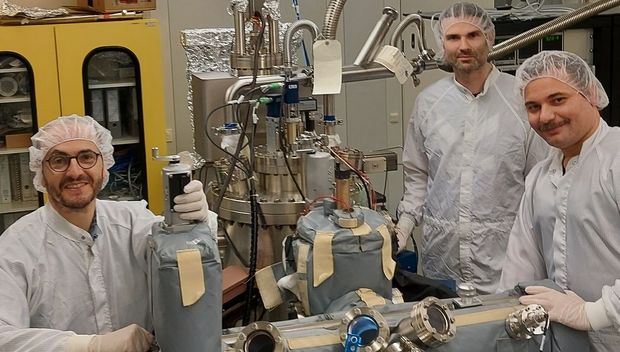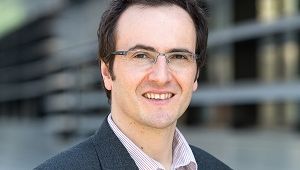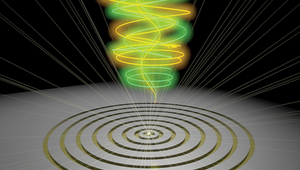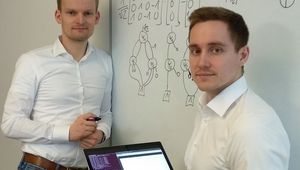All over the world, governments and companies are conducting research to create a new type of computer - quantum computers. The road to commercial viability, however, is long and arduous.

As part of an international partnership, researchers at the Johannes Kepler University Linz have succeeded in advancing the storage capacity of quantum information.
If anything, solid-state based nanostructures are one thing for sure: teeny tiny. They are less than 50 nanometers in size. In comparison, viruses are considered "big", up to 400 nanometers in size. While conventional data storage uses semiconductor structures in memory cards, quantum computers do not as yet.
Semiconductor-based nanostructures can also be used as sources of quantum information (Qbits) - a function they perform exceedingly well. However, quantum information must also be stored, for example, in the spin of a single electron - and semiconductor-based nanostructures very modestly fulfill this function.
Univ. Prof. Armando Rastelli, head of the JKU’s Department of Semiconductor Physics, explained: "Quantum information is very transient on account of electron interaction and noise by atomic nuclei."
Advancements at the LIT Open Innovation Center in the JKU Clean Room
Using unconventional and electrically controllable nanostructures have now proved to be successful. In contrast to past attempts, individual electron spins were set as quantum information as part of stress-free nanostructures made out of gallium arsenide. These samples were created at the JKU’s clean room.
The result was extending the quantum information (Qbits) storage time by a factor of 100! In terms of absolute numbers, the applicability is still a long way off as the information was only stored for 0.1 milliseconds. Rastelli added: "However, my team, consisting of Santanu Manna, Saimon Covre da Silva, and Christian Schimpf, has demonstrated that with the right selection of materials and the right approach, semiconductor nanostructures have the potential."
In collaboration with scientists at universities in Cambridge, Oxford and Sheffield, the experiments were published in the renowned journal, "Nature Nanotechnology", under the title "Ideal Refocusing of an Optically Active Spin Qubit Under Strong Hyperfine Interactions".
Rastelli believes this line of research is promising. In 2018, the same selection of materials was used at the JKU to generate the world's highest degree of photon pair entanglement from semiconductor nanostructures and then successfully applied to quantum cryptography in 2021.











